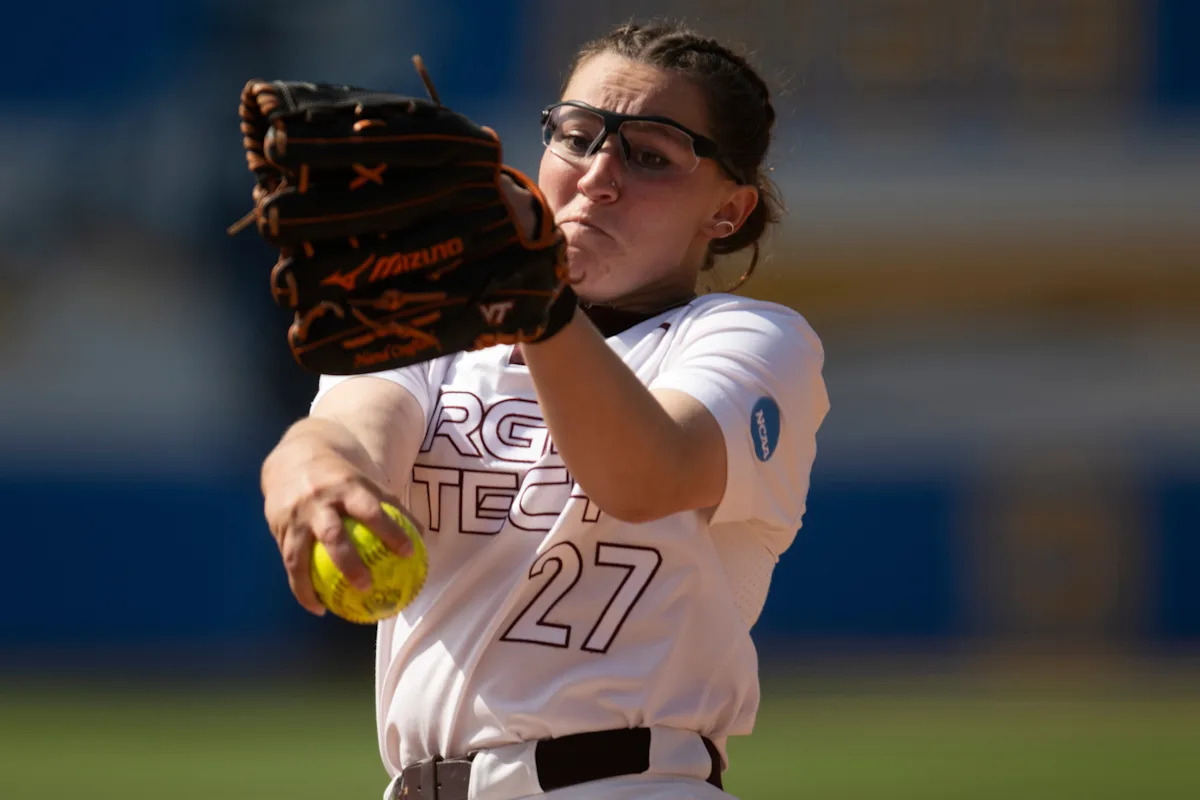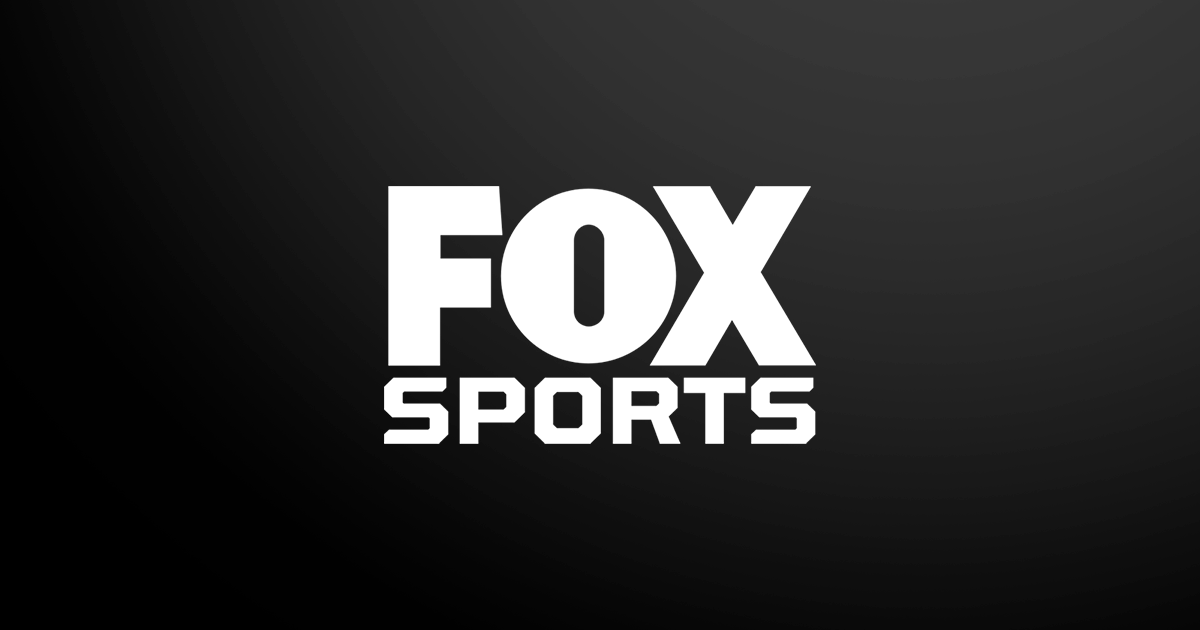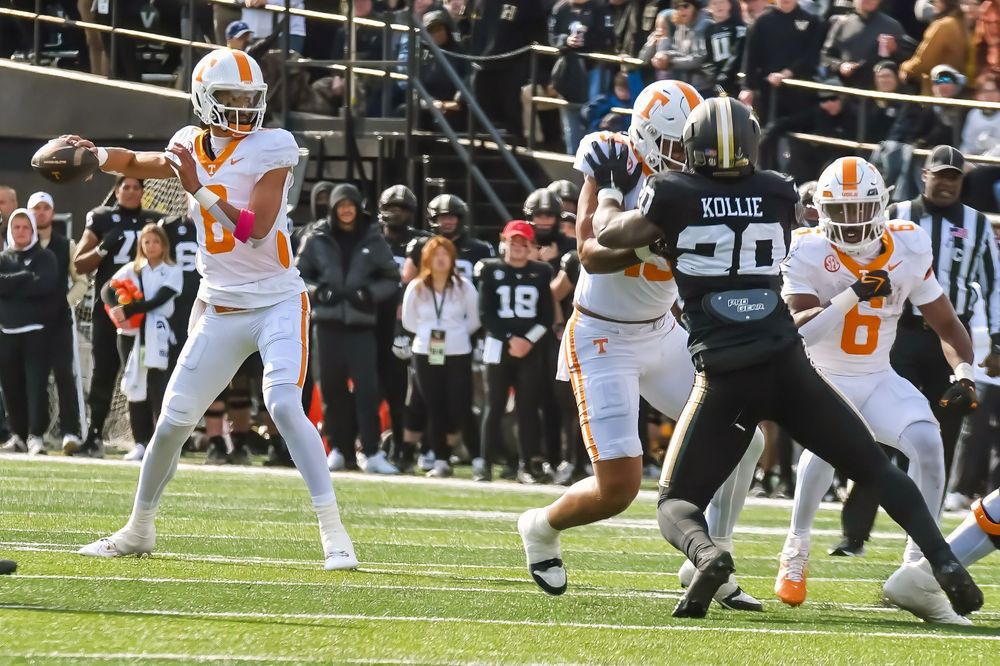Associated Press
Stanley Borden, the final basketball player still in college to have played for Mike Krzyzewski, has announced he is transferring to UTSA from Duke.
The 7-foot Borden was a walk-on for the Blue Devils, joining the team in 2021 — the last of the Hall of Fame coach’s career. He stayed for four years and despite not getting on the court much at all, he had fond memories of his time under Coach K.
“Everything that everyone has heard or said in terms of aura and energy is all there,” Borden said Thursday in a phone interview from Istanbul, where his family lives. “He jokes a lot and cusses a lot and you never knew if he was joking or being serious. Learning from the best as an 18- or 19-year-old at the end of his career was something I’ll never forget.”
Borden had one year of eligibility left after he didn’t play his junior year because of injuries to his elbow in the preseason and a finger that needed to be re-attached after a weight room accident. He wanted to find a school that he could play at in his final season of college basketball so he entered the portal.
“I was talking to a bunch of schools late in the process and many of them were starting their summer workouts right now,” said Borden, who had a few dozen schools interested in him. “There’s opportunity to compete for time and also develop. They want to help you get better and make you a better player.”
He played in three games for the Blue Devils this past season, grabbing a rebound and blocking a shot. He’s still looking for his first points in college, having played in five games total during his career at Duke. Still, he learned a lot in his time at the school where he earned a degree in computer science and played with some of the best players in the country at practice every day.
“Being around Dereck Lively II, Paolo Banchero, Cooper Flag as well as other great college players made me immensely better,” Borden said.
Despite not playing, Borden was a glue guy on the team and fan favorite. He made a name for himself as a sophomore when he wowed the Cameron Crazies during their midnight madness-type event. He walked onto the stage in sunglasses and a trench coat which he opened to reveal a saxophone. Borden borrowed the instrument, which he learned to play when he was younger, from the marching band. He put on a show much to the delight of the crowd and his teammates. The performance went viral.
Borden said he didn’t know if UTSA had any kind of opening event to start basketball season, but he’d be happy to come up with another musical number if the school did.
___
AP college basketball: https://apnews.com/hub/college-basketball






























































